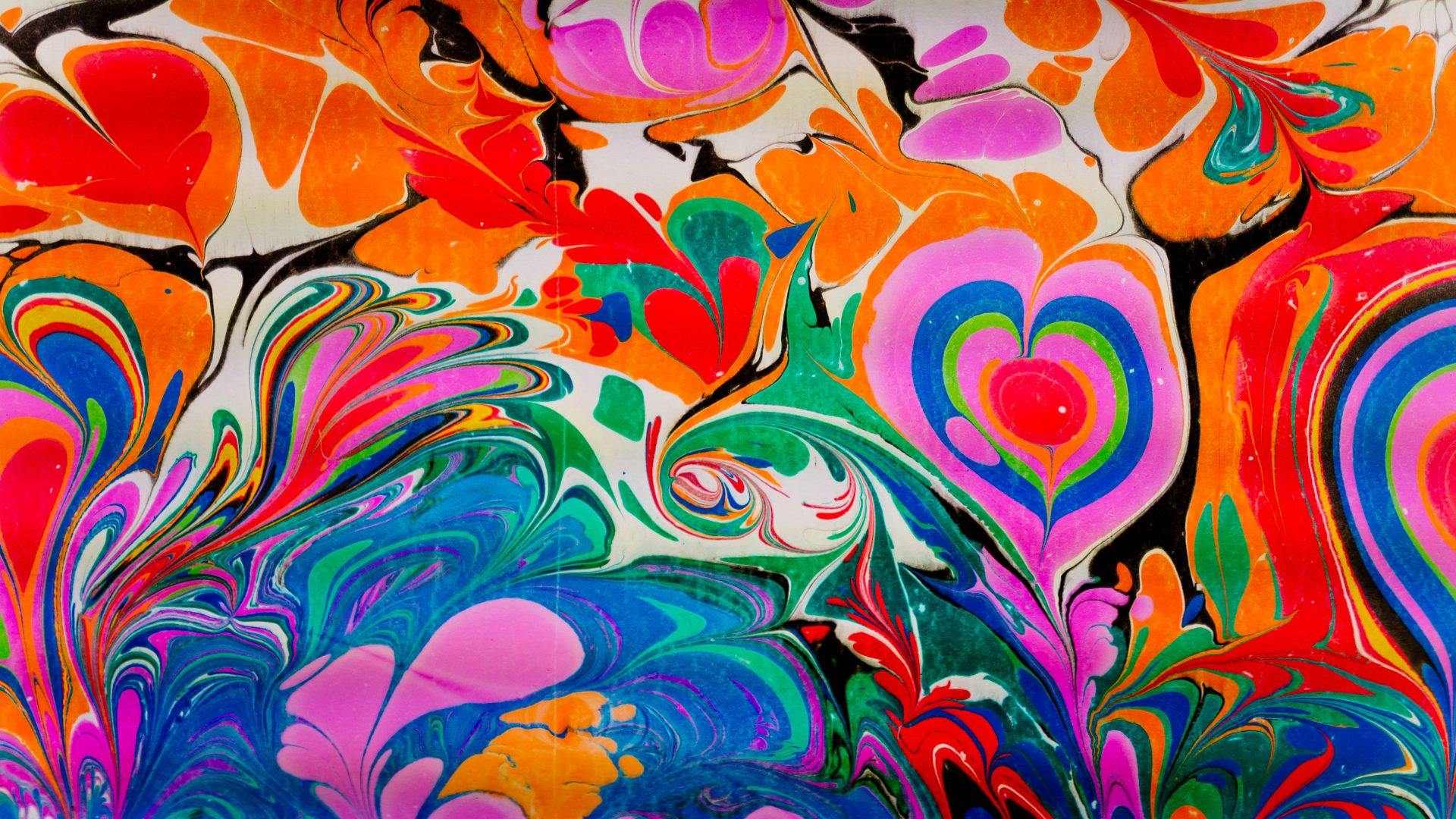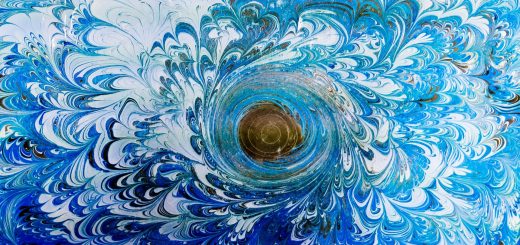Vajrayana Tibetan Thangka Paintings: Sacred Art and Iconography

Before diving in, please note: This post is for informational purposes only. If you’d like to know more about how we approach topics, feel free to check out our friendly Disclaimer Page.
Hey there, amazing readers! 🖐️ Just a quick note: yes, we know there are a lot of ads here. Trust us, we get it—it’s not the prettiest look, but they help us keep this blog alive and kicking. Those pesky little ads cover the costs of all the behind-the-scenes magic, from hosting and tech stuff to creating content we hope you’ll love.
We’re committed to delivering quality posts, and your support (even just sticking around despite the ads) means everything to us. So, bear with us, and thanks for helping us keep the good vibes rolling. Now, on to the fun stuff! 😉
TRANSLATE BUTTON AT THE END OF THE ARTICLE
Introduction to Vajrayana Tibetan Thangka Paintings
Vajrayana Tibetan Thangka paintings hold a significant place in Tibetan Buddhist art, showcasing intricate details and deep symbolism.
These sacred artworks serve as visual aids for meditation, offering practitioners a tangible representation of deities, mandalas, and other aspects of the Buddhist faith.
Thangkas are not just decorative pieces but are revered for their spiritual depth and ability to convey complex philosophical concepts in a visually engaging manner.
History and Evolution of Thangka Art in Tibet
The tradition of Thangka art in Tibet dates back centuries, with roots in Indian Buddhist art.
Thangkas gained prominence in Tibet during the spread of Buddhism in the region, becoming an integral part of religious practices and rituals.
Over time, the art form evolved, incorporating Tibetan cultural elements and unique iconography.
Skilled artists, known as Thangka painters, have preserved and passed down this rich tradition through generations, ensuring that each painting reflects a deep understanding of Buddhist teachings.
Symbolism and Iconography in Thangka Paintings
Thangka paintings are filled with symbolism, with every color, gesture, and motif carrying profound meaning.
Deities, Bodhisattvas, and other spiritual figures are depicted with specific attributes and poses that convey their qualities and powers.
Mandalas, geometric shapes, and intricate patterns symbolize the interconnectedness of the universe and the path to enlightenment.
Understanding the symbolism in Thangka paintings is essential for practitioners to deepen their spiritual practice and connection to the teachings.
Materials and Techniques Used in Thangka Creation
Creating a Thangka painting is a meticulous process that requires skill and precision.
Artists use traditional materials such as mineral pigments, gold leaf, and silk to create vibrant and long-lasting artworks.
The painting process involves intricate brushwork, layering of colors, and intricate detailing to bring each figure to life.
Thangka artists undergo years of training to master these techniques and ensure the quality and authenticity of their work.
Importance of Thangkas in Tibetan Buddhism
Thangka paintings play a crucial role in Tibetan Buddhism, serving as visual aids for meditation, teaching tools, and objects of veneration.
These sacred artworks are believed to have the power to protect, inspire, and guide practitioners on their spiritual journey.
Thangkas are often displayed in monasteries, temples, and homes, where they serve as focal points for prayer and contemplation.
The presence of a Thangka is thought to invite blessings and positive energy into the space.
Ritual Use and Significance of Thangka Paintings
Thangka paintings are used in various rituals and ceremonies in Tibetan Buddhism, where they serve as portals to the divine realms.
During religious festivals and rituals, Thangkas are displayed and consecrated, inviting the presence of deities and spiritual energies.
Practitioners may make offerings, recite prayers, and circumambulate around the Thangka as a form of worship and devotion.
The ritual use of Thangkas deepens the connection between the practitioner and the spiritual realm, fostering a sense of reverence and awe.
The Role of Thangkas in Meditation Practice
In meditation practice, Thangka paintings serve as focal points for concentration and visualization.
Practitioners may gaze upon the image of a deity or mandala to calm the mind, cultivate inner peace, and connect with the divine.
Thangkas are designed to enhance the meditative experience, offering practitioners a visual anchor to guide their practice.
By meditating on a Thangka, individuals can deepen their understanding of Buddhist teachings and cultivate qualities such as compassion, wisdom, and inner strength.
Famous Thangka Artists and Their Contributions
Throughout history, many renowned Thangka artists have made significant contributions to the art form, creating masterpieces that continue to inspire and awe viewers.
Artists like Situ Panchen Chokyi Jungne and Khyentse Chenmo are celebrated for their exquisite Thangka paintings, characterized by their attention to detail, vibrancy of color, and spiritual depth.
These master artists have left a lasting legacy, shaping the trajectory of Thangka art and influencing generations of practitioners and art enthusiasts.
Preservation and Conservation of Thangka Art
Due to their cultural and religious significance, Thangka paintings require careful preservation and conservation to ensure their longevity and integrity.
Factors such as humidity, light exposure, and handling can impact the condition of Thangkas over time.
Conservationists employ specialized techniques to repair damage, stabilize pigments, and protect Thangkas from environmental threats.
Institutions and collectors play a vital role in supporting the preservation of Thangka art, ensuring that these sacred artworks are safeguarded for future generations.
Contemporary Trends in Thangka Painting
In recent years, Thangka art has seen a resurgence in popularity, with artists experimenting with new styles, themes, and techniques.
Contemporary Thangka painters are pushing the boundaries of tradition, blending modern influences with traditional iconography to create innovative and thought-provoking artworks.
These artists are revitalizing the ancient art form, making it accessible to a broader audience and bridging the gap between tradition and innovation.
The evolving landscape of Thangka painting reflects the dynamism and adaptability of Tibetan Buddhist art in the modern world.
Collecting and Owning Thangka Art
Collecting Thangka art has become a popular pursuit among art enthusiasts, collectors, and practitioners seeking to bring the beauty and spiritual essence of Tibetan Buddhism into their homes and spaces.
Owning a Thangka painting is not just about acquiring a piece of art but connecting with a sacred object that holds profound meaning and symbolism.
Collectors often seek out authentic, high-quality Thangkas from reputable artists and sources, ensuring that they are supporting the preservation of this ancient art form while enriching their own spiritual practice.
Appreciating the Beauty and Spiritual Depth of Thangkas
The beauty of Thangka paintings lies not only in their aesthetic appeal but in the spiritual depth and symbolism they convey.
Each brushstroke, color choice, and symbol in a Thangka carries layers of meaning and significance, inviting viewers to contemplate the mysteries of the universe and the teachings of Buddhism.
By appreciating the intricate details and symbolic elements of Thangkas, individuals can deepen their understanding of Tibetan Buddhist philosophy and connect with the transcendent qualities embodied in these sacred artworks.
Conclusion
Vajrayana Tibetan Thangka paintings are more than just visual representations; they are sacred objects of devotion, meditation aids, and gateways to the divine realms.
The history, symbolism, and craftsmanship of Thangka art reflect the profound spiritual tradition of Tibetan Buddhism, offering practitioners and art enthusiasts alike a glimpse into a world of beauty, wisdom, and transcendence.
By delving into the intricate details and rich symbolism of Thangkas, individuals can unlock a deeper understanding of themselves and the universe, connecting with the timeless teachings and spiritual truths embodied in these sacred artworks.

The Enlightenment Journey is a remarkable collection of writings authored by a distinguished group of experts in the fields of spirituality, new age, and esoteric knowledge.
This anthology features a diverse assembly of well-experienced authors who bring their profound insights and credible perspectives to the forefront.
Each contributor possesses a wealth of knowledge and wisdom, making them authorities in their respective domains.
Together, they offer readers a transformative journey into the realms of spiritual growth, self-discovery, and esoteric enlightenment.
The Enlightenment Journey is a testament to the collective expertise of these luminaries, providing readers with a rich tapestry of ideas and information to illuminate their spiritual path.
Our Diverse Expertise 🌟
While our primary focus is on spirituality and esotericism, we are equally passionate about exploring a wide range of other topics and niches 🌍📚. Our experienced team is dedicated to delivering high-quality, informative content across various subjects ✨.
To ensure we provide the most accurate and valuable insights, we collaborate with trusted experts in their respective domains 🧑🏫👩🏫. This allows us to offer well-rounded perspectives and knowledge to our readers.
Our blog originally focused on spirituality and metaphysics, but we’ve since expanded to cover a wide range of niches. Don’t worry—we continue to publish a lot of articles on spirituality! Frequently visit our blog to explore our diverse content and stay tuned for more insightful reads.





